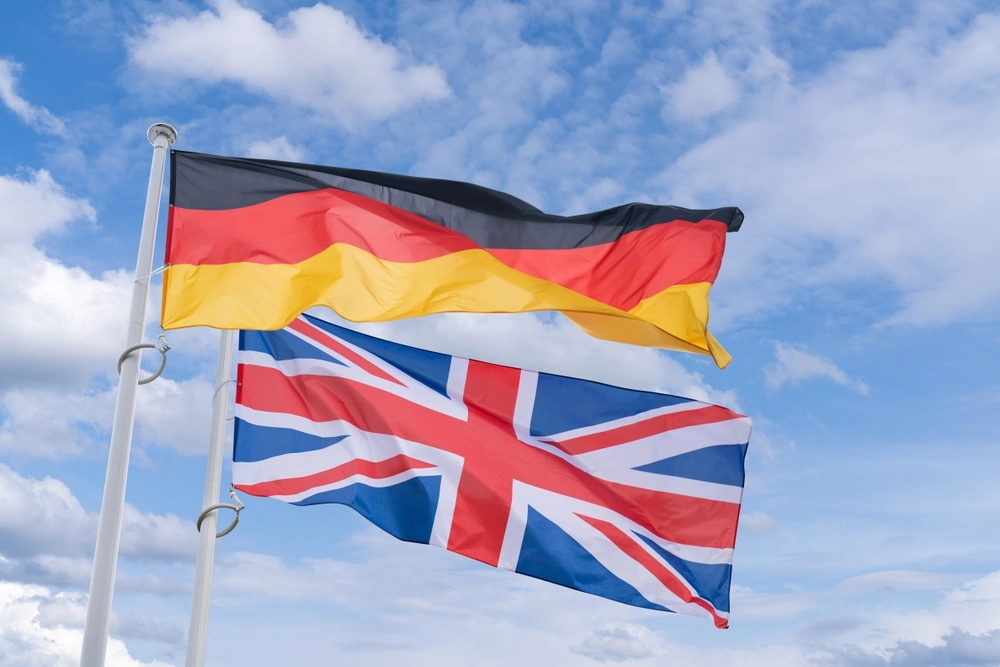
Taking action against internet sites based in other jurisdictions
In a recent decision in AMS Neve Ltd & Another v Heritage Audio SL & Another, the Court of Justice for the EU (CJEU) confirmed that a Spanish website operator targeting customers in the UK could be sued in the UK because that is where the operator had advertised or made offers for sale.
The main claimant in this case, AMS Neve, is a UK company which manufactures and sells audio equipment. The main defendant, Heritage Audio, is a company established in Spain which sells and supplies audio equipment via its website.
In October 2015, AMS Neve brought a trade mark infringement action against Heritage Audio on the basis that Heritage Audio was advertising on its website audio equipment which displayed AMS Neve's trade mark '1073' which was registered in the UK and EU.
Whilst the defendant did not deny that Heritage Audio products might have been purchased in the United Kingdom, through other companies, it did assert that it had neither advertised in the United Kingdom nor made any sales in that member state. It further asserted that it had never appointed a distributor for the United Kingdom. The defendant also contended that the content displayed on the Heritage Audio website and on the platforms to which the claimant in the main proceedings referred to was, by the time of the period covered by the infringement action, obsolete and ought not therefore to be taken into account.
HHJ Hacon held that IPEC did have jurisdiction to hear the case in relation to the infringement of AMS Neve's UK trade marks on the basis of the test that infringement proceedings may be brought in a court where 'the harm has occurred or may occur' (Regulation (EU) No. 1215/2012, Article 7(2)).
He then went on to consider the position in relation to the EU trade mark. In short, he found that a UK court of law had jurisdiction to preside over a case that concerned issues of infringement of an EU trade mark, where "the act of infringement has been committed or threatened' (Council Regulation (EC) No. 207/2009, Article 97(5) (the "Regulation")). This is a slightly different test to that applied in relation to UK trade marks.
The judge considered two earlier CJEU decisions and concluded that he considered that the 'act of infringement' is limited to the place of the event which gave rise to the damage. Therefore, as the advertisement for the Heritage Audio goods and the offer of these goods followed a technical process which took place in Spain, HHJ Hacon's view was that only the Spanish courts had jurisdiction to hear the case regarding the EU trade marks.
AMS Neve appealed this decision to the Court of Appeal which, in turn, referred the following crucial questions (emphasis added) to the CJEU:
‘In circumstances where an undertaking is established and domiciled in Member State A (in this case, Spain) and has taken steps in that territory to advertise and offer for sale goods under a sign identical to an EU trade mark on a website targeted at traders and consumers in Member State B (in this case, the UK):
- does an EU trade mark court in Member State B have jurisdiction to hear a claim for infringement of the EU trade mark in respect of the advertisement and offer for sale of the goods in that territory?
- if not, which other criteria are to be taken into account by that EU trade mark court in determining whether it has jurisdiction to hear that claim?
- in so far as the answer to (ii) requires that EU trade mark court to identify whether the undertaking has taken active steps in Member State B, which criteria are to be taken into account in determining whether the undertaking has taken such active steps?’
CJEU decision
The Court considered the position with the main points being:
- Under Article 97(1) of the Regulation, where the defendant is domiciled in a member state, the applicant is to bring its action before the courts of that member state. However, Article 97(5) of the Regulation states that the applicant may 'also' bring its action before the courts of the member state 'in which the act of infringement has been committed or threatened'.
- It is also important to consider that Article 98(1) and (2) of the Regulation states that where an action is brought before an EU trade mark court on the basis of Article 97(1) of the Regulation, such a court has jurisdiction in respect of acts of infringement committed or threatened within the territory of any of the member states; and Article 98(2) states that, where an action is brought before such a court on the basis of Article 97(5), the court has jurisdiction only in respect of acts committed or threatened within the territory of the member state in which that court is situated. Jurisdiction can therefore be decided by the claimant when it brings the case.
- The CJEU in interpreting the relevant regulations and case law, came to the conclusion that a claimant can either bring proceedings against a third party:
- in its place of domicile in which case the court's jurisdiction extends to all acts throughout the EU; or
- in the member state where the acts of infringement occurred or were threatened in which case the court's jurisdiction is limited to that member state.
- The expression ‘the act of infringement’ must be understood as relating to acts specified in Article 9 of the Regulation which the applicant claims to have been committed by the defendant. In this case, this applied to acts specified in Article 9(2)(b) and (d), consisting of advertising and offers for sale under a sign identical to the mark at issue, and those acts must be held to have been ‘committed’ in the territory where they can be classified as advertising or as offers for sale, namely where their commercial content has in fact been made accessible to the consumers and traders to whom it was directed. Whether the result of that advertising and those offers for sale was that, thereafter, the defendant’s products were purchased is irrelevant.
- Therefore, the infringing acts will have been committed where the relevant commercial content (i.e. advertisements and offers for sale) has been made accessible to the customers to whom it was directed (so in this case it was the UK in the view of the CJEU).
The practical implication of this decision is that it allows brand owners whose EU trade marks have been infringed to bring an action against a third party selling infringing products via an online platform in the jurisdiction in which those advertisements and sales were being directed, or where the third party operator is based.
Essentially, if a third party who is not located in the UK is advertising and selling infringing products via a website which is targeting UK customers (for example, by selling in pounds or has a returns address in the UK), it can be sued in a UK court for infringing the EU trade marks. This is likely to be a useful tool in cases where it is not effective to take action in another member state or actions for infringement of UK and EU marks need to be brought in the same member state. Of course, with Brexit approaching, long term it will be the UK provisions which will apply which allow for such actions in the UK in any event.
For more information contact Chandni Jobanputra on [email protected] / +44 2380 172 214 or Paul Cox on [email protected] / +44 2380 172 212.










